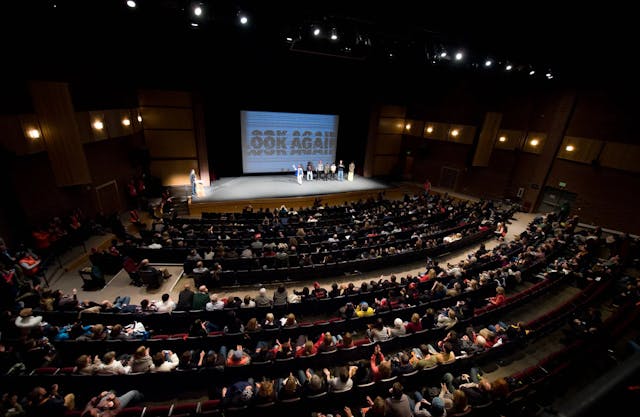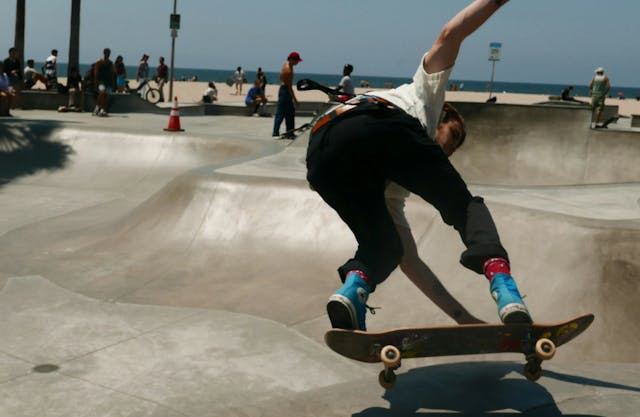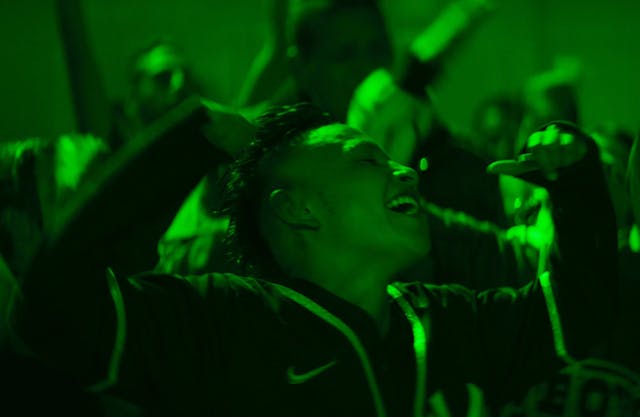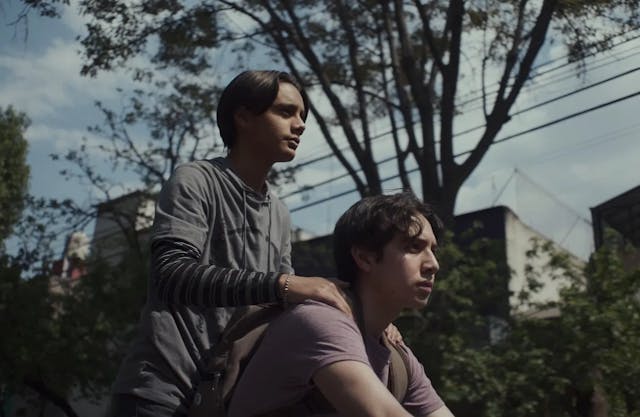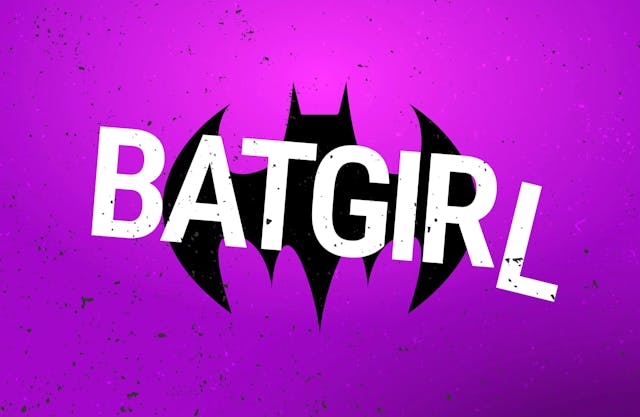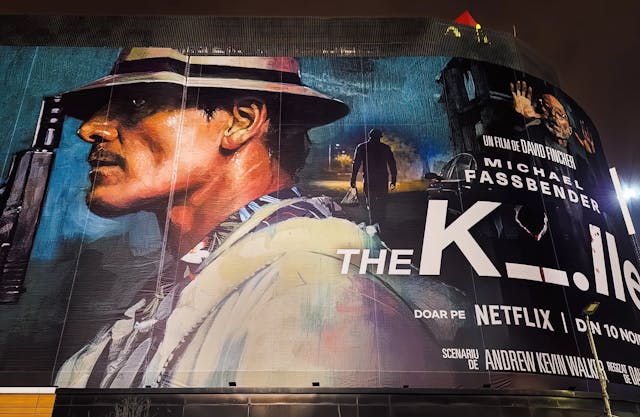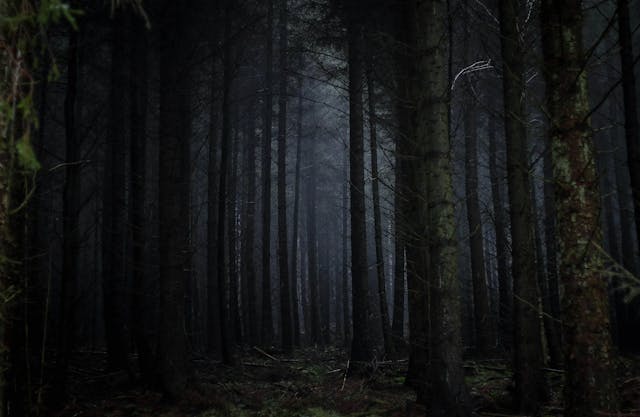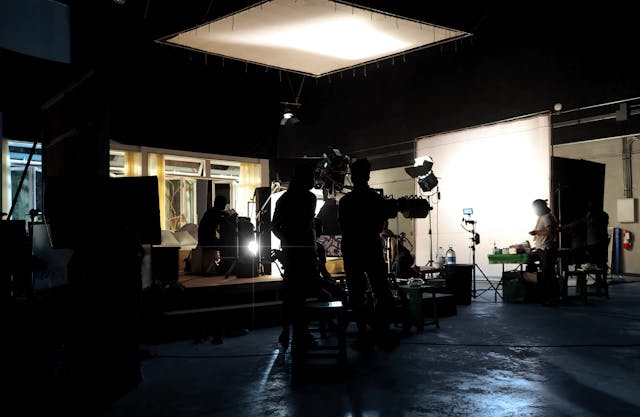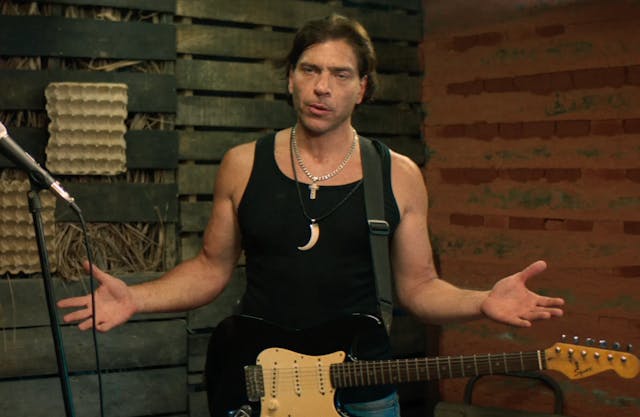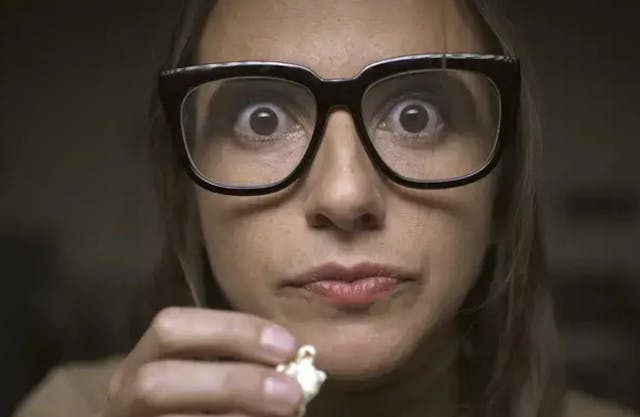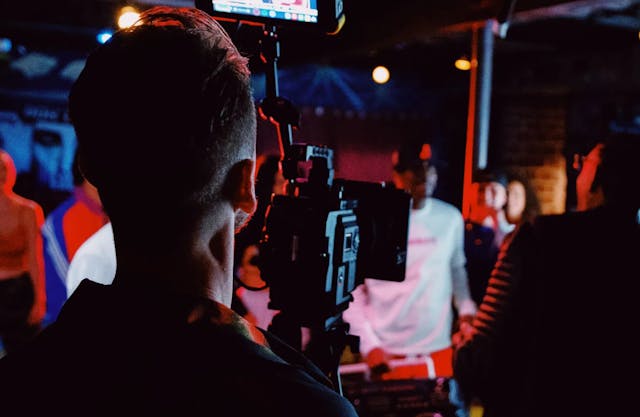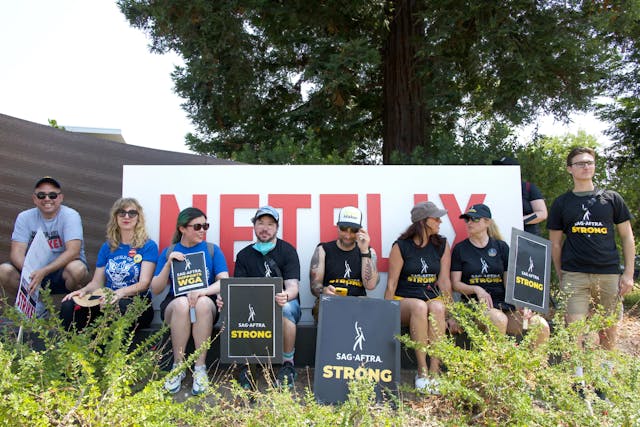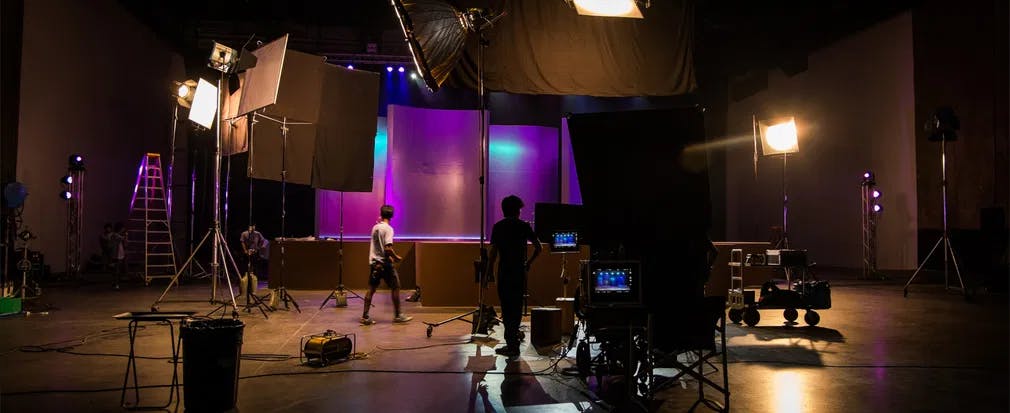
How can you tell if you are watching an indie movie production? As big studios gravitate towards relying mostly on superhero extravaganzas, the subject matter became the biggest “tell.” You might not believe it, but there was a time when Warner Bros., Paramount, Columbia, Universal, and all the big guns would pour money and talent into movies about real people with real problems and adult themes. It is easy to imagine something like “Ruby in Paradise” (Victor Nuñez, 1993) flourishing in the ‘70s. But something happened in the ‘80s. As the blockbuster era took hold, the business became more risk-averse and catered to younger audiences. Marvel/DC domination, which now is waning somehow, feels like the end of that era.
While studios can foot bigger bills, the truth is that they also struggle to keep expenses in check and get the most bang for their buck. Sometimes at the cost of the well-being of their workforce. Reports of exploitative practices have shadowed the slow decline of the superhero movies impinged upon digital animation and effects artists. Ironically, if you compare something like “Thor: Love and Thunder” (Taika Waititi, 2022) with, say, late-nineties indie “Darkman” (Sam Raimi, 1990), the million-dollar production comes wanting. It’s not by chance that Raimi went on to direct the “Spider-Man” trilogy that jumpstarted the superhero era - and for all its might, neither Marvel nor DC has improved upon “Spider-Man 2” (2004) to this date, the best superhero movie of the XXI Century (if you are wondering, for my money, “Superman” (Richard Donner, 1978) is the best of the XX Century - sorry, Tim Burton!).
Stretch Your Low Budget Film Like The Masters
Expensive flicks that look like cut-rate direct-to-video fare, cheap indie movies that look like a million bucks…if you aim to produce a low budget film, how do you maximize your resources and avoid distracting audiences with visible limitations?
If you have control over the script, the first step is to take a long, hard look at the story and trim the fat. Narrative economy and budget considerations usually fold in gracefully. Think of all the great movies that take place in a few locations or a single one but manage to make the creative choice so natural that it does not feel like a cost-cutting imperative. Check out the indie hit “Mass” (Franz Kranz, 2021). Jason Issacs, Martha Plimpton, Ann Dowd, and Reed Birney play two sets of parents facing each other as they ponder the consequences of a school shooting involving their offspring. Most of the action occurs in a church basement, where they meet to deal with the traumatic events.
Of course, limiting the locations has to make sense for the story you want to tell. In "The Last Days of Emma Bank," Dutch director Alex Van Warmerdam offers a parable on oppression and liberation. Everything happens in a country house and nearby beach. It's hard to tell if the interior scenes were shot on location or in a studio, but the rules of narrative economy are at play.
Classic horror films like “The Night of The Living Dead” (George Romero, 1968) also offer a master class in doing wonders with limited resources. The cast and crew traveled to rural Pennsylvania and rented an old farmhouse soon to be demolished. A nearby cemetery served as the location for the scary prologue. The basement scenes were shot at the offices of the production company.
The George Romero strategy worked like an ace for this project, but you must pause if you want to rely on a real-life location. It is one thing to shoot in an abandoned farmhouse in the middle of nowhere and entirely other to film in the middle of a city. Your overhead efforts increase exponentially. Depending on the conditions, you must request permits from the city, owners, neighbors, and crowd control. Even the street noise becomes an issue. Oh, and airplanes. There is always an airplane flying too close at exactly the wrong time.
Where Studios Have The Upper Hand
Studios have enough material and human resources to deal with these issues. Also, they have plenty of space and street lots that can be adjusted to convey virtually any time or place.
So. sometimes, you can’t avoid the need for studio time and set building. There is always a stalwart indie director to teach us how to make do with what we have. Roger Corman’s “The Masque of The Red Death” (1964) is probably the best movie in his cycle of films based on stories by Edgar Allan Poe. He took advantage of the American International Pictures (AIP) coproduction deal with England-based Anglo-Amalgamated Productions and shot at Shepperton Studios. The movie benefited him in two ways. First, it allowed him to register the film as British, qualifying it for state-sponsored subsidies to promote local production. Second, he took over the sets built for “Becket” (1964), which were still standing and being used. The historical drama dramatized the friendship and rupture between King Henry II (Peter O’Toole) and his confidant Thomas Becket (Richard Burton). It was nominated for 12 Oscars, including Best Art Direction and Set Decoration of a Color Film. As far as hand-me-downs go, it was amazing.
Repurposing is par for the course for the big studios, but Corman himself was used to it, even if AIP was the equivalent of Poverty Row. He shot “The Little Shop of Horrors” (1960) in the sets originally used for a previous work, “A Bucket of Blood” (1959). You can stream both movies on Popflick and spend a jolly old time comparing them. Also, don’t miss the documentary “Roger Corman: The Pope of Pop Cinema” for more indie filmmaking wisdom. It’s a must for the self-respecting movie buff.
A Matter of Space
But let’s go back to “The Masque of The Red Death”. The plot mixes elements from three Poe stories, but the main storyline follows the one that takes the tile. Vincent Price is Prince Prospero, an Italian nobleman who, upon seeing the red plague taking lives in nearby towns, locks himself in his castle with other debauched members of the bourgeoisie to wine and dance as the world suffers around them. In the most Corman-esque touch ever, the character is also a Satanist.
Even in the relative abundance of Shepperton Studios, Corman stages his movie in crafty ways. Much of the action takes place in a massive ballroom. Prince Prospero orders his guests to vacate it so other scenes can occasionally occur. That is where an establishing party takes place, as well as a climatic ball with an unexpected guest all clad in red. During a timely siesta, his betrothed Julianna (Hazel Court) meets her destiny at the hands, or rather, the beak, of a demonic bird of prey.
Straight out of Poe comes a succession of monochromatic rooms that lead to Prospero’s private chamber. They serve as a beautiful visual resource in the climax when the Prince runs away from the figure in red who arrives to dispense some divine punishment. The movie looks way more expensive than most Corman films. You can thank cinematographer Nicolas Roeg. He would go on to become a great director himself, with scandalous successes like “Performance” (1970) and “Don’t Look Now” (1973). He does wonders with color and space, as you can attest if you watch the recent restoration of the film, sponsored by Martin Scorsese’s Film Foundation.
Parting Words
You may be working on low budget movies, but that does not mean they have to look low budget. Or sound like a low budget movie, for that matter. In “The Pit of The Pendulum” (1960), another Poe-inspired classic, Corman showed us how classy orchestral music can add a sublime quality to the most modestly budgeted effort. The lesson is that the art of indie movie production demands first-rate talent willing to make magic within the constraints of your established budget. The good news is that limitations are the mother of creativity.
Watch “Lonely”
“Lonely” is a powerful reminder that no one is ever truly alone, and there is always someone out there who cares and wants to help.
Stream NowWant to get an email when we publish new content?
Subscribe today

